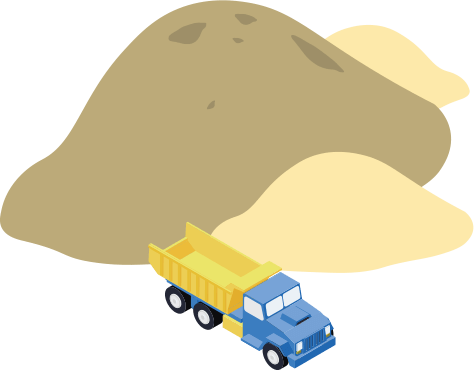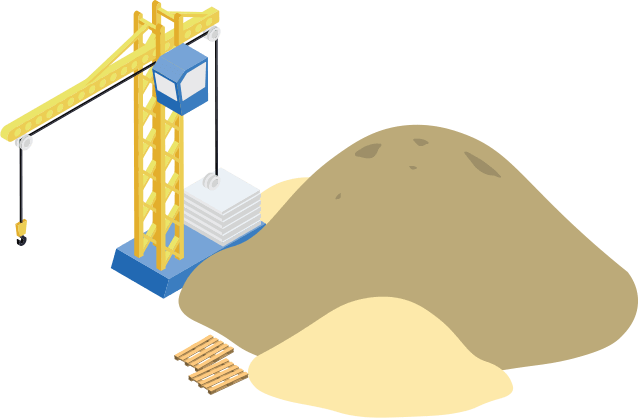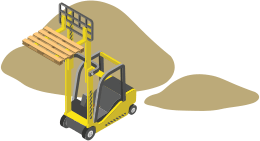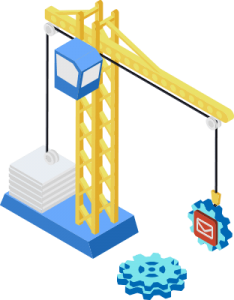It’s that time again – in just a few weeks, Google is releasing another major update to its well-known Penguin algorithm. In fact, knowing Google, I wouldn’t be surprised if they’ve already released it. This specific algorithm is in charge of regulating link spam, and demoting sites who are guilty of the outdated and spammy practice.
If you’ve been gaining your search rankings using honest, white hat methods, you don’t have anything to worry about. But, if you’ve been trying to pull a fast one on Google, you’re about to be in big trouble.
Funnily enough, so many SEO’s and digital marketers forget that Google employs a large number of PhDs who are constantly refining and improving their algorithms. They might have been able to slip through the cracks before, but I can assure you that the chances of getting away with sneaky SEO tricks are getting slimmer as the days go by.
On the other hand, in the off chance that you’ve really made a competitor mad (or they’re just really mean), you could have had spammy links purchased on your behalf. To stay on top of issues like this, you should be constantly monitoring your site’s backlink profile. Otherwise, you’ll be totally blind-sided by an algorithm change or manual penalty.
So, the big question is: How can you tell if your site has been black listed by Penguin 4.0?
First, you should confirm that your site isn’t under a manual Google penalty. The difference between this and an algorithmic penalty is simple; a real life Google team member reviewed your site’s activity and decided it was in violation of their Webmaster Guidelines. When you’re under a manual penalty, you’re notified about it in Search Console. Then, you can work to correct the violation and ask to be reconsidered by the Google spam team, at which time they might allow your site back into Google’s index.
An algorithmic penalty is a little harder to detect. Google won’t give you a heads up; you’ll just see an unexplained drop in your site’s organic traffic. Use this guide from our friends over at Moz to see if this change in traffic aligns with an algorithm update.
Now that you’ve discovered that your site has been penalized, how do you recover?
Google doesn’t like tricksters – be prepared to pay for your mistakes. Even once you’ve gotten back into their index, it’s likely that you won’t be able to regain your original rankings. To right your wrongs with Google, you need to identify and fix your mistakes as quickly as possible. Perform a full link audit using a tool like Majestic SEO.
In most cases, you’ll have to wait to see if your attempts to regain your good standings with Google were successful until the next algorithm update. Just remember, they really want to teach you a lesson here, and they’re not going to do you any favors.
The best plan of action would be to avoid a penalty in the first place, using only white hat methods to gain organic rankings in Google’s index. Publishing high-quality content, following the Webmaster Guidelines, and staying on top of emerging SEO trends should do the trick. Be patient, and you’ll start to see results in just a few months.









